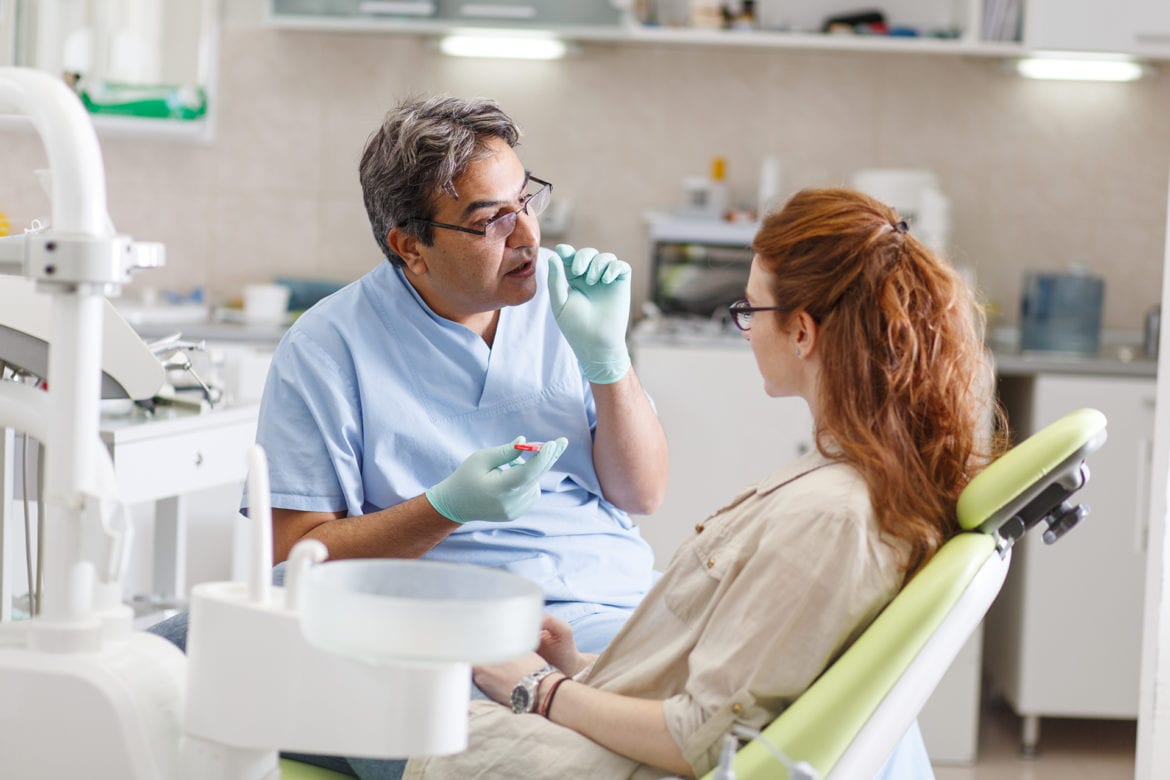Of the nearly 3,500 professional liability claims The Dentists Insurance Company addressed between 2012 and 2017, many could have been avoided …
Of the nearly 3,500 professional liability claims The Dentists Insurance Company addressed between 2012 and 2017, many could have been avoided or mitigated had the dentist been more cautious about choosing which patients to accept into care.
“Prevention is the best strategy to avoid risk,” said Taiba Solaiman, senior TDIC Risk Management analyst. “Being selective in the patients you see goes a long way in avoiding trouble down the road.”
New Patients
Dentists are not obligated to accept all patients into their practice (barring discrimination). Those you do select to make up your patient base should be those with whom you can form productive, healthy doctor-patient relationships.
Some signs to look out for when meeting a new patient include the following:
- Patients who arrive for the initial exam complaining about the past several dentists they’ve seen, especially if it’s within a short time frame. This may indicate the patient is hard to please, so there’s a high likelihood they won’t be satisfied with your treatment either.
- Patients who attempt to dictate treatment or who do not follow treatment recommendations. Patients cannot consent to negligent treatment. You are required to follow the standard of care and failing to do so can set you up for a liability claim.
- Patients who refuse to disclose the name of their former dentists. For continuity of care purposes, it is standard practice to contact previous dentists for dental history. Treating patients without knowing their complete dental history can put you at risk. Investigation into the patient’s treatment history can provide invaluable insights on the patient you are considering accepting into your practice.
Emergency Patients
For patients who present for emergency treatment, it is recommended to discuss the limited scope of the relationship prior to treatment. The patient should understand that you are not establishing a doctor-patient relationship beyond their emergency care. The ethical standard for emergency services for patients who are not patients of record is to make “reasonable arrangements for their emergency care,” according to the ADA Principles of Ethics and Code of Professional Conduct. To facilitate meeting this standard, consider maintaining a list of phone numbers of clinics and dental societies to provide to the emergency patients without an established dental provider.
After the completion of emergency care, document the treatment and refer the patient back to his or her established dentist. If you decide to keep the patient, understand that there is a duty to provide care until one of the parties officially terminates the relationship.
Second-Opinion Patients
Patients often present to dental offices seeking a second opinion on recommended treatment from another dentist. Some patients simply want to compare prices. Some want to confirm that a treatment is truly needed. Others may be trying to build a case against another dentist. If you are unsure about a patient’s motives, it is acceptable to ask questions. For every patient who presents for a second opinion, raise questions such as:
- What brings you here today?
- How did you choose my office?
- Are you….

